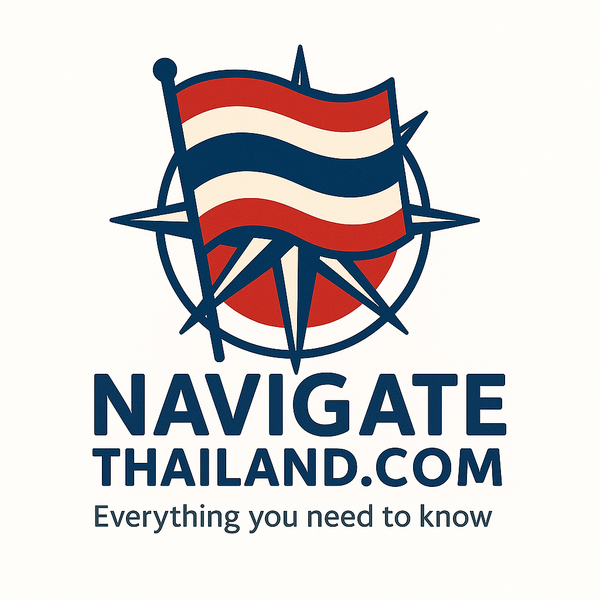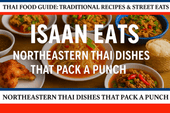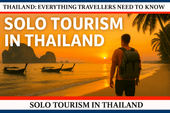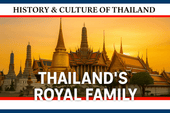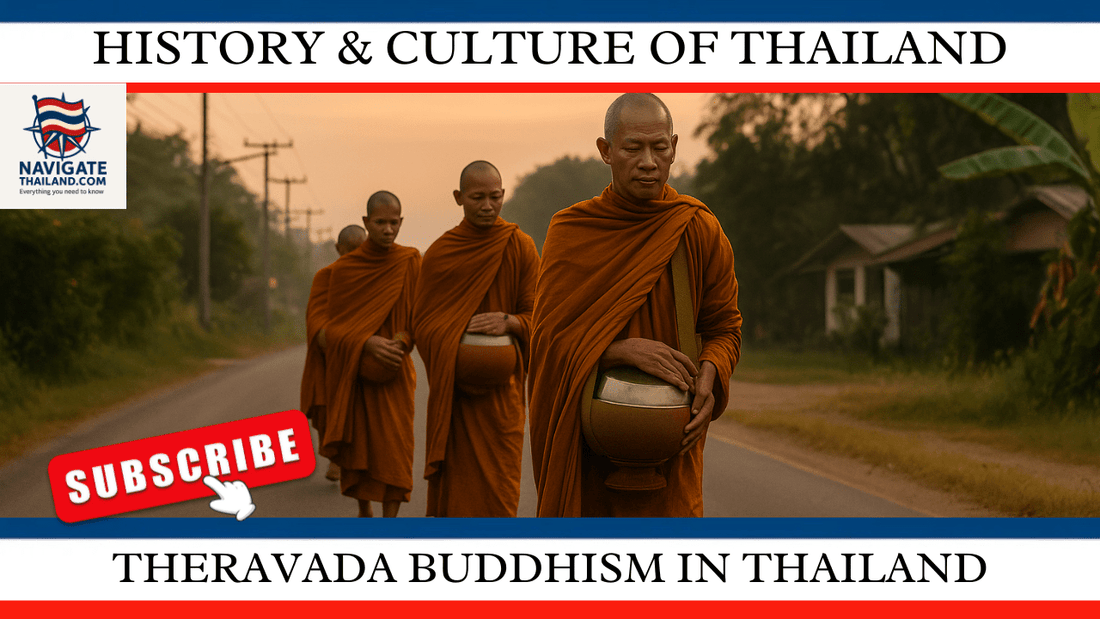
Theravāda Buddhism in Thailand: Monks, Merit, and Morning Alms
Share
Buddhism isn’t just a religion in Thailand — it’s a way of life.
More than 90% of Thais identify as Buddhist, and its teachings flow through every part of society: from temple bells at dawn to meditation retreats in the jungle, and even the daily giving of alms in every village.
Theravāda Buddhism — the oldest surviving branch of Buddhism — has shaped Thailand’s culture, values, and rhythms for over 700 years.
Here’s how it began, how it thrives, and how you can respectfully experience it as a traveller.
ORIGINS OF THERAVĀDA IN THAILAND
Theravāda Buddhism, meaning “Teaching of the Elders,” first arrived in what is now Thailand around the 13th century, during the rise of the Sukhothai Kingdom.
King Ramkhamhaeng the Great (reigned c. 1279–1298 CE) officially embraced Theravāda Buddhism as the state religion, establishing temples, monastic orders, and a moral foundation for his kingdom.
Its early influence came via Sri Lanka and Myanmar, carrying teachings rooted in the Pāli Canon — the earliest record of the Buddha’s words.
By the time of the Ayutthaya Kingdom (1351–1767), monasteries had become central to education, community life, and even politics.
MONKS AND MONASTIC LIFE IN MODERN THAILAND
Every Thai Buddhist man is traditionally expected to spend time as a monk — often for a few weeks or months, sometimes for life.
There are more than 300,000 monks and 30,000 temples (wats) across Thailand today.
Life in the monastery is guided by the Vinaya, a strict code of discipline:
- Monks shave their heads and eyebrows
- They wear saffron robes symbolising simplicity
- They live on donated food and possessions
- They meditate, chant, study scripture, and teach laypeople
Fun fact: Even Thailand’s kings — including King Rama IX (Bhumibol Adulyadej) — have ordained as monks, showing deep cultural respect for the monastic order.
THE PRACTICE OF MERIT-MAKING
In Thai belief, good deeds (known as tham bun) accumulate merit (bun), which improves one’s karma in this life and the next.
Merit can be made through:
- Offering food or robes to monks
- Donating to temples
- Observing Buddhist holy days
- Releasing animals back to nature
- Living with compassion and mindfulness
Quote often heard in Thailand:
“ทำบุญไว้ก่อน” (Tham bun wai korn) — “Make merit first.”
Merit-making isn’t just ritual — it’s the social glue that unites communities through generosity and gratitude.
MORNING ALMS: THE HEARTBEAT OF THAI BUDDHISM
Before sunrise, barefoot monks walk silently through towns and villages, carrying alms bowls (bat).
Locals kneel roadside, offering rice, fruit, or small dishes with bowed heads. No words are exchanged — only respect and mindfulness.
This centuries-old tradition, called “Tak Bat” (ตักบาตร), symbolises the interdependence between monks and laypeople:
- Monks depend on the people for food
- People depend on the monks for spiritual guidance
Where to experience it:
- Luang Prabang (border region influence)
- Chiang Mai Old City — near Wat Phra Singh and Wat Chedi Luang
- Ubon Ratchathani & Isaan villages — for authentic, non-touristic almsgiving
Etiquette for travellers:
✅ Dress modestly (shoulders and knees covered)
✅ Keep quiet and respectful — avoid flash photography
✅ Offer food with two hands, and don’t touch the monks
✅ Women should place offerings on a cloth if no lay assistant is present
BUDDHISM IN EVERYDAY THAI LIFE
Theravāda teachings influence every layer of Thai culture — from architecture to art to social behaviour.
- Temples (Wats): Centres of learning, charity, and community events
- Meditation retreats: Found in temples across Chiang Mai and Kanchanaburi
- Festivals: Visakha Bucha Day, Makha Bucha Day, and Khao Phansa mark key moments in the Buddhist calendar
- Daily gestures: The Thai wai (palms pressed together) echoes Buddhist humility
Even Thailand’s calendar — with its year count (currently 2568 BE in 2025) — is based on the Buddha’s passing into Nirvana.
BUDDHISM’S FUTURE IN THAILAND
While temples remain vibrant, modern Thailand faces new challenges — urbanisation, declining ordinations, and digital distractions.
Yet younger monks are embracing technology, teaching mindfulness on TikTok, and offering sermons via livestream. Buddhism continues to evolve, balancing ancient wisdom with modern life.
THE EXPERIENCE FOR TRAVELLERS
To truly understand Thailand, you need to experience its Buddhist rhythm:
- Hear the morning temple bells
- Watch saffron robes glowing in sunrise light
- Sit quietly in a forest wat surrounded by chanting
It’s here, in these small, timeless moments, that you’ll feel the true peace at the heart of Thai culture.
DISCOVER THE SPIRIT OF THAILAND
Dive deeper into Thailand’s spiritual roots with our History & Culture of Thailand eBook and Sak Yant Tattoos Guide — exploring temples, beliefs, and sacred symbols that define the Land of Smiles.
Travel deeper. Feel the rhythm. Discover the soul of Thailand.
Plan Your Trip the Smart Way
Download our 2026 Thailand Travel Guide, bundle it with our Budget Travel Itinerary Packs, and get insider tips on food, transport, and hidden gems.
Travel more. Spend less. Love Thailand.
Want to dig deeper into Thailand?
Check out our Thailand guide series below.
Discover our Thailand guide series:

Find out more about our Thai Culture & Travel guide collection here.
Explore Thailand with our Tailored Itineraries bundle.

Explore Thailands best and unexplored islands with our Island-hopping Thailand collection.
